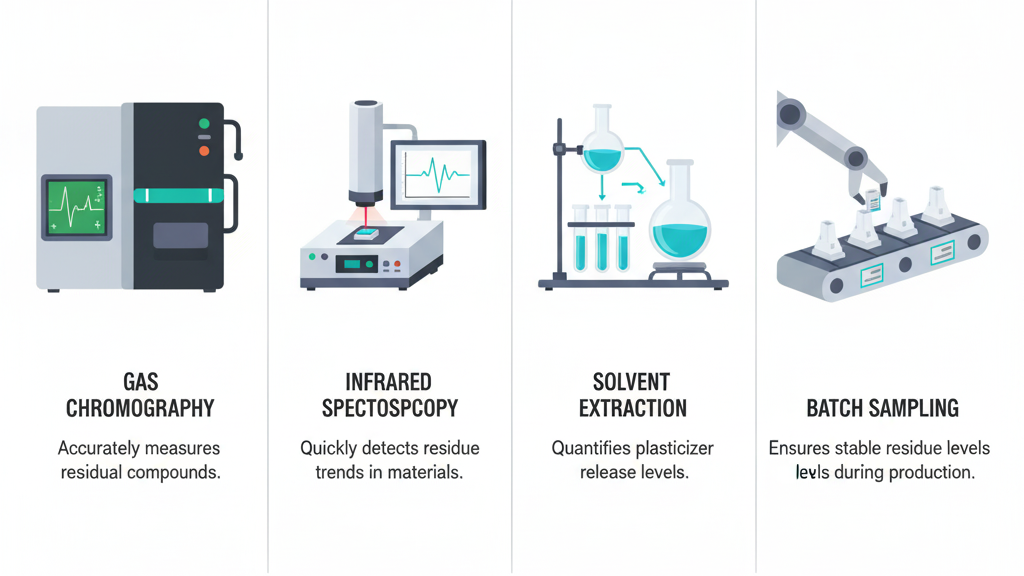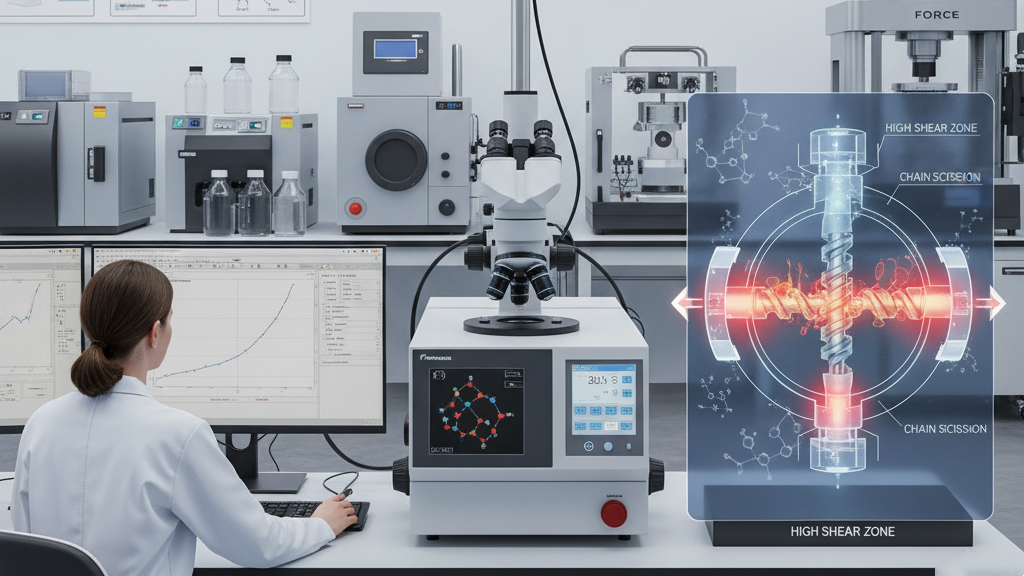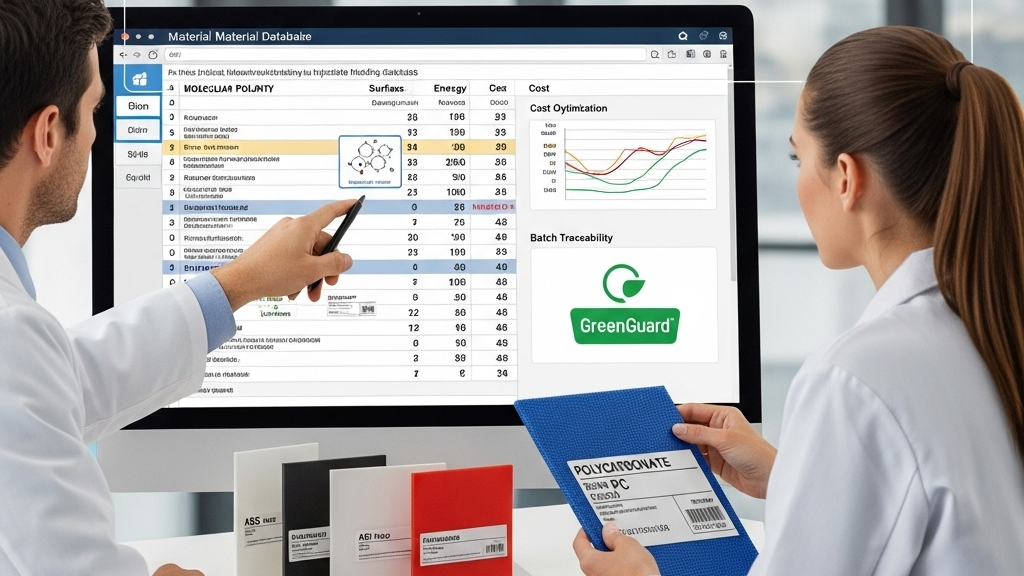
In injection molding, the bonding quality between substrate and coating/glue layer determines product reliability and longevity. High adhesion not only prevents delamination but also boosts downstream yield. As demand for precision molding grows, tolerance for adhesion failure is shrinking. A systematic approach is essential to bridge material, process, and inspection.
From high surface energy resins to multi-cavity molds, any minor oversight can lead to bonding failure. Standardized pretreatment and real-time monitoring minimize risks. Technologies like plasma cleaning, intelligent curing profiles, and traceable data make each molding cycle measurable and reproducible—key to securing long-term partnerships.
How to Choose Materials?

Molecular polarity and surface energy of the material are the first gatekeepers of bonding quality. Selecting the right resin reduces the need for extra processing at the source. We use a database-driven approach to prioritize resins like PC, ABS, or copolymers with compatible functional groups. Batch traceability helps lock in performance at sample stage.
- Matmatch: Fast filter for high-polarity resins.
- Cost Optimization: Substitute equivalent materials to reduce budget.
- GreenGuard Certified: Prioritize low-VOC materials.
- Supply Chain Synergy: Reserve safety stock to prevent shortages.
How to Pretreat?
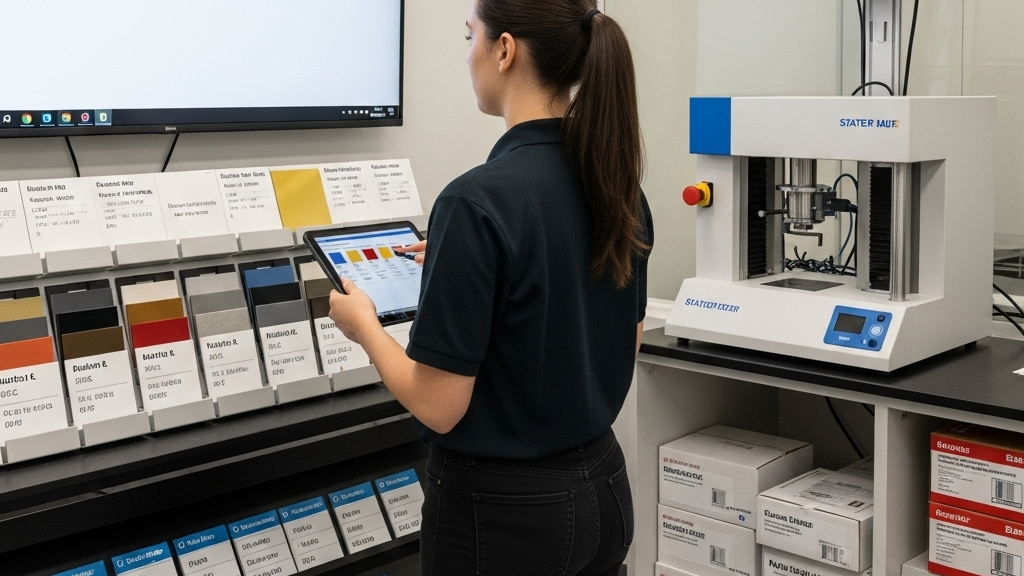
Good adhesion starts with removing oil, mold release agents, and micro-dust. Flame or plasma treatment instantly raises surface energy above 50 mN/m. This physical activation has near-zero impact on dimensions. Automated primer spraying stabilizes the interface's chemical environment.
- Surface Cleaning: Vacuum plasma to remove ion contamination.
- Flame Treatment: Improve polyolefin surface polarity.
- Chemical Primer: Introduce functional groups for stronger bonding.
- Automated Coating Line: Ensure consistent layer application.
How to Cure?
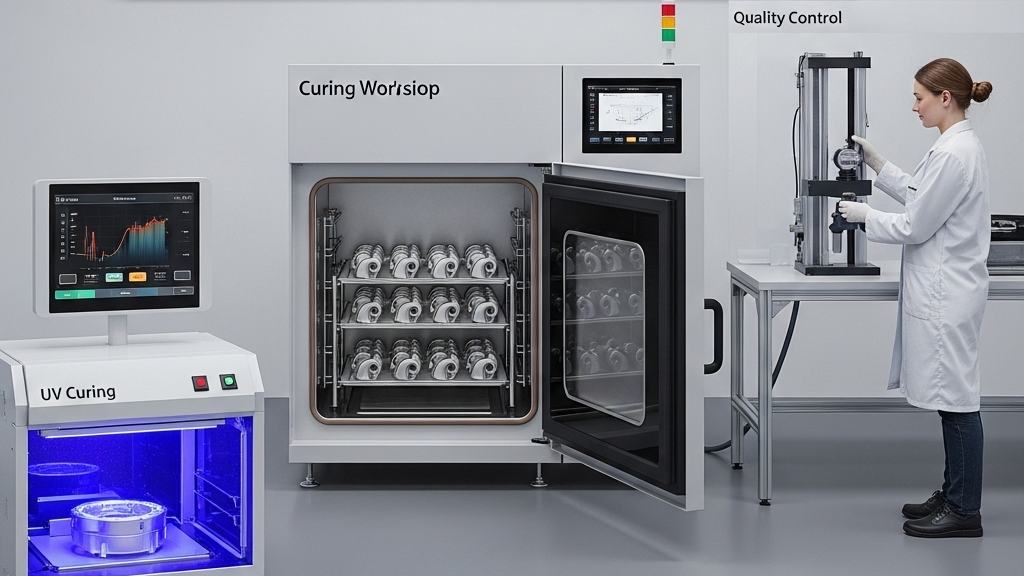
Cure temperature profiles shape the final molecular network of the glue layer. We use thermocouple feedback loops to log every second of thermal data. Precise thermal control improves shear strength by over 15%. UV-assisted low-temp curing shortens cycle time while protecting heat-sensitive parts.
- Staged Heating: Reduces internal stress build-up.
- Live Monitoring: Adjusts overheating risk in real time.
- UV Boost: Balances speed and safety.
- Data Traceability: Ensures every bond batch is recorded.
Method table
| Method | Surface Energy (mN/m) | Shear Strength (MPa) | Cycle Time (s) | Cost Index |
|---|---|---|---|---|
| Flame Treatment | 38–42 | 12 | 6 | ★ |
| Plasma Treatment | 48–56 | 15 | 8 | ★★ |
| Chemical Primer | 55–60 | 18 | 10 | ★★★ |
| UV-Assisted Cure | 50–58 | 17 | 5 | ★★ |
Expansion
Adhesion optimization isn’t a single-point fix but a replicable business toolkit. It integrates material selection, process window control, and data-driven management. Mastering this toolkit means faster product launches and lower scrap rates. Custom solutions can be embedded into existing lines, forming real competitive edges.
1.Technical Audit: Rapid substrate bonding tests available.
2.Custom Planning: Tailored processes based on cycle times.
3.Operator Training: Key parameters taught in under 2 hours.
4.Ongoing Monitoring: Long-term data analysis for improvement.
Conclusion
Transforming adhesion control from guesswork into data science balances quality with cost in injection molding. With an integrated approach of materials, pretreatment, and curing, risks are mitigated early and production is empowered. This systematic solution ensures customers stay ahead in competitive markets. Looking forward, we’ll keep advancing real-time monitoring algorithms to help partners build smart factories.
For expert assistance in implementing optimal substrate adhesion solutions for your production needs, visit our resource center or contact us. Let’s help you scale up your manufacturing with precision and efficiency!

